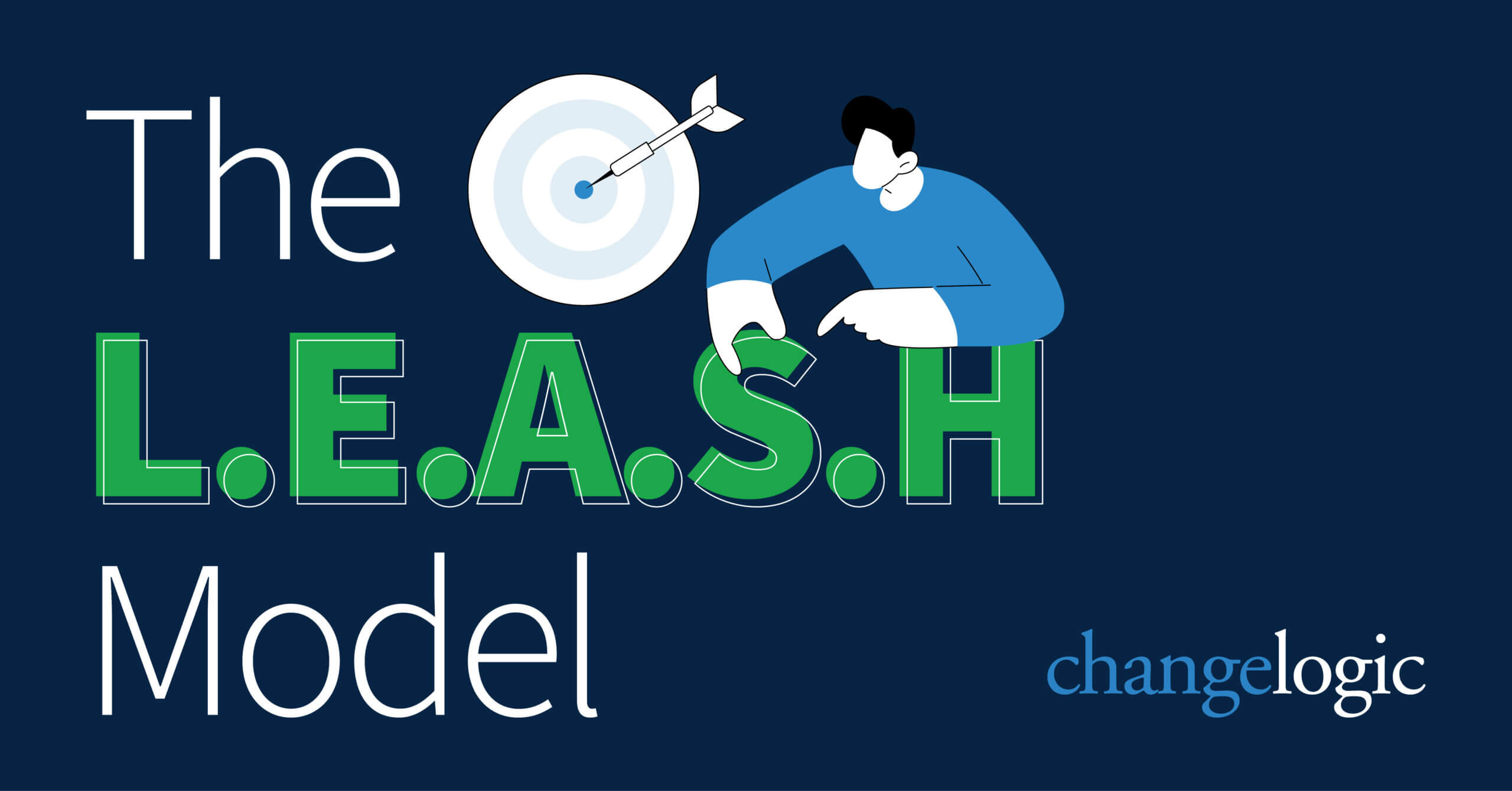When I teach executives at Stanford about the opportunity to build new ventures from inside existing organizations, the most common objection I get is that “the culture won’t let us do it.” When I press for more information about what they mean by culture I get some pretty vague answers, even more so when I ask what they are doing to change it.
These executives see culture as an abstract or amorphous quality of an organization. In fact, it’s quite mundane. Culture is simply how people think they need to behave to fit in and be successful in a group. If you want to change culture to encourage innovation, then you need to change these expectations.
There are five mechanisms or levers that enable leaders to do it. They are based on psychological research that shows humans are highly receptive to information about what are the “right” ways to behave. If we are clear enough about sending the message that expectations have changed, then people do not have any difficulty complying.
These are the five levers. I call it the LEASH model.
- Leader actions,
- Employee involvement,
- Aligned rewards,
- Stories, signals, and vivid illustrations, and
- HR system alignment.
1. Leader Actions (Leash)
Leaders are signal generators. When leaders are relentless and consistent in how they behave and the messages they communicate, employees quickly learn how to act. We listen to what they say and watch what they do for signals about how they think we should behave. They note where their bosses spend time, what questions they ask, what they like and dislike, and what they see as high priorities. They use this information to decide how they should act, where they should focus attention, and generally how to be perceived as a good employee.
2. Employee Involvement (lEash)
Strong culture leaders typically encourage social activities and ceremonies to build ties among organizational members. They emphasize intrinsic as well as extrinsic rewards (being a part of the group is a reward itself). They may involve families, friends, and clients in these activities. For example, at Microsoft there is a three-day annual company-wide hackathon in which more than 18,000 people participate. At First Republic Bank, there were semi-annual Culture Carrier Roundtables in employees participate and become cultural ambassadors for the company’s culture. Participation in shaping the culture increases our commitment to it.
3. Aligned Reward Systems (leAsh)
Money is an important motivator, but it is not a very good way to shape culture. What really shapes behavior in strong culture firms is non-financial rewards like recognition, approval, and status. These symbolic rewards (e.g., employee of the month) can seem trivial, but when they are awarded with sincerity, they can act as powerful reinforcement of the culture. That’s not to say money doesn’t matter, but it is more a hygiene factor. If the financial reward system sends the wrong signal – for example, if leaders say innovation is important but employees see those who innovate and fail get fired – then that can undermine everything else.
4. Stories, Signals, and Symbols (leaSh)
Strong culture organizations clearly communicate how they expect people to behave, sometimes even signaling that the organization is not for everyone, and some may not succeed (e.g., “The few. The proud. The Marines.”). Messages are relentlessly communicated through stories that celebrate individuals, often making heroes of them. For example, at Microsoft the Friday senior leadership team meeting always includes a story of an employee who did something extraordinary that reflected the cultural values of a growth mindset (“researcher of the amazing”). Other organizations use phrases, slogans, or terms that are special to the organization and reinforce membership and inclusion (e.g., “Googlers”).
5. HR System Alignment (leasH)
The final lever for creating and changing culture is a carefully aligned HR system that recruits, selects, trains, rewards, and promotes people who behave consistently with the cultural norms. Strong culture companies often have multiple steps in their recruitment processes (e.g., Google, Southwest). New employees are selected based as much (or more) on their fit with cultural values and behaviors as they are on their technical skills or experience. Employees are explicitly trained in the expected behaviors. Those who deliver results and fit the culture are rewarded and promoted. Those who perform well but don’t fit the culture are eliminated.
These five mechanisms are based on the idea that to shape culture leaders need to send strong, consistent signals about what attitudes and behaviors are expected. Over time, these expectations can become embedded in the organization. If you want to create an innovative organization then these are the tools you need to use. Organizations that do so with consistency – like Microsoft under Satya Nadella – can achieve powerful, and rapid, results.
